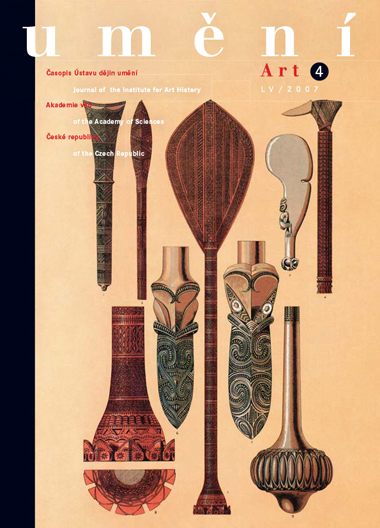Rostislav Švácha
Surrealism and Czech Functionalism
To date, many art historians have devoted themselves to the study of the history of Surrealism and Functionalism. Still, we do not know very much of the actual interrelationship between both -isms. A group of scientific Functionalists formed itself around Karel Teige in Czech architecture in the early 1930s. These were mostly orthodox rationalists who denied that architecture could have any artistic status and who also ignored the psychological impact of architectural form. Under Teige´s leadership they pointed a critical finger at Le Corbusier. But as Teige began to get closer to Surrealism, he could hardly ignore Breton´s onslaughts against agitated rationalism in modern architecture, particularly so when Breton had repeated such attacks in Prague in 1935. Teige was also impressed by Breton´s call to overcome the contradictions existing between reality and dream, science and art, between rationality and emotivity. Even though the Prague theoretician had not abandoned his ideal of science-based architecture, he did admit that Functionalism would be still more scientific if, using psychoanalysis, it would explore the impact of its architectural form on the human soul. Theses and hypotheses of this kind appeared in Teige´s Sovětská architektura (Soviet Architecture, 1936), in a preface to the book by Ladislav Žák Obytná krajina (Inhabited Landscape, 1947), and may also be found in the texts written by architects Karel Janů, Jiří Štursa, Jiří Voženílek, Jiří Kroha, eventually Vít Obrtel, who, however, had stood outside Teige´s circle at that time. Employing psychoanalytical arguments taken over from Georges Bataille, Teige also began criticizing the tendencies in Soviet architecture of the 1930s towards what he called pompous and menacing monumentality. The interest of Czech scientific Functionalists in Surrealism and psychoanalysis did not lead to the emergence of any "Surrealist architecture". It was, however, instrumental in enriching architectural form by adding emotional components, even leading to a certain affinity between Functionalism and organic architecture. Le Corbusier´s architecture also ceased to be tabooed by Teige´s circle. The most interesting testimony to that shift comes in the Volman Villa in Čelákovice near Prague (1938-1939), built by a team of architects Janů - Štursa, representing a kind of collage collected from Le Corbusieresque elements, features that eventually came to be discussed by Surrealists during the 1930s.
Full-text in the Digital Library of the Czech Academy of Sciences:
https://kramerius.lib.cas.cz/uuid/uuid:7c2e22af-2982-4d3b-b3c3-08c72f06c651
< back

